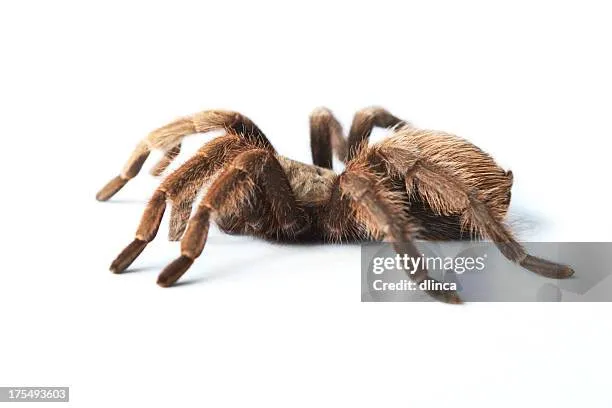The Fascinating World of Hairy Tarantulas
Hairy tarantulas, with their impressive size and captivating appearance, are among the most fascinating creatures in the arachnid world. These eight-legged wonders, often misunderstood and sometimes feared, possess a range of unique characteristics that set them apart. From their intricate movement to their complex behaviors, hairy tarantulas offer a glimpse into the wonders of the natural world. This article delves into five amazing facts about these creatures, offering a deeper understanding of their lives and habits. Prepare to be amazed by the world of hairy tarantulas, and discover why they are more than just spiders.
Fact 1 Amazing Movement
The way a hairy tarantula moves is a spectacle of coordinated effort, demonstrating their agility and grace despite their size. Their movement is not merely a random shuffle; it is a calculated, deliberate process that is essential for their survival, whether they are hunting prey, escaping predators, or simply navigating their environment. The intricate dance of their eight legs, each one meticulously placed, speaks volumes about their evolutionary adaptations, honed over millions of years to provide them with the best possible chance of survival in their natural habitats. The mechanics behind tarantula locomotion is truly astonishing.
How Tarantulas Move
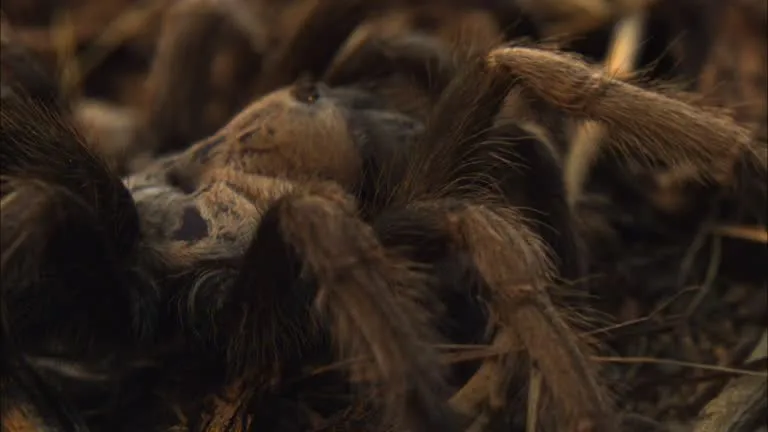
Tarantulas move using a unique combination of hydraulic pressure and muscle contractions within their legs. Unlike humans, they don’t have muscles that directly extend their legs; instead, they rely on internal fluid pressure to extend them, and then muscles to flex them. This system allows for a surprising amount of speed and control. Their legs are covered in tiny hairs, and their claws help to grip surfaces, allowing them to climb vertical surfaces and navigate uneven terrains with ease. This allows them to move swiftly across various surfaces, a crucial skill for both hunting and avoiding threats, showcasing their perfect adaptation.
The Role of Hairs and Claws
The hairs and claws on a hairy tarantula’s legs are key to their mobility. The hairs provide excellent grip, especially on rough surfaces. The claws, located at the end of each leg, allow them to climb and cling to surfaces that would be impossible for many other creatures. Together, these features make them incredibly versatile, letting them navigate a variety of environments, from the forest floor to the branches of trees, to the side of a glass tank. These adaptations exemplify the intricate details that make hairy tarantulas such well-suited predators within their ecosystem.
Fact 2 Molting and Growth
Molting is a fundamental process in the life of a hairy tarantula, essential for growth and the replacement of worn or damaged exoskeletons. This process involves the shedding of their outer layer, revealing a new, larger one underneath. This is a vulnerable period for the tarantula, as they are soft and defenseless, but also a time of incredible transformation. The frequency of molting decreases as they mature, but it is a vital aspect of their lifecycle, allowing them to grow and adapt. Each molt is a testament to the remarkable resilience of these creatures, who are able to regenerate lost limbs and renew their outer protection.
The Molting Process Explained
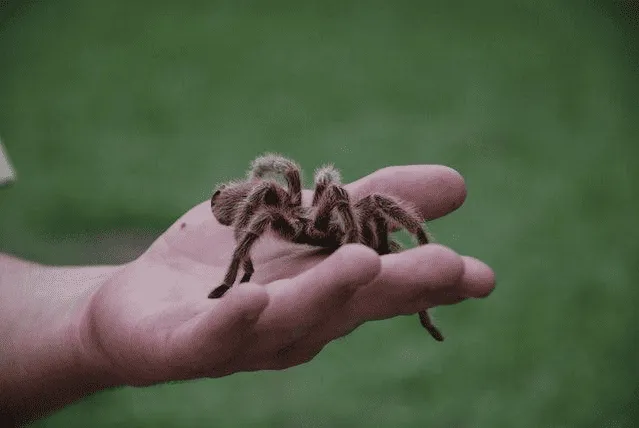
The molting process is a complex physiological event. It begins with the formation of a new exoskeleton under the old one. The tarantula then absorbs fluid, causing its body to swell and rupture the old exoskeleton, usually along the back. Once the old exoskeleton is shed, the tarantula is left with a soft, vulnerable body encased in a new, larger exoskeleton. During this time, they are extremely susceptible to injury and predators, thus they hide or remain as still as possible until the new shell hardens. The entire process can take hours, or even days, and it’s a marvel of biological engineering.
Post-Molting Movement Challenges
After molting, the hairy tarantula’s new exoskeleton is soft, and their movement is somewhat clumsy. They will be less agile than usual, and it takes time for their new exoskeleton to harden completely. During this period, they need to be extra cautious to protect themselves from predators, limiting their activities. The lack of maneuverability can make them vulnerable. As the exoskeleton hardens, their movement gradually returns to normal, and they regain their agility and hunting abilities, preparing them for the next stage of their lifecycle. This phase also indicates the tarantula is growing.
Fact 3 Hunting Strategies
Hairy tarantulas are ambush predators, using their speed and senses to catch their prey. They lie in wait, often near their burrows, and pounce when the opportunity arises. Their hunting strategy is finely tuned for efficiency, making them highly successful hunters in their native habitats. They primarily feed on insects, but they are also known to eat small vertebrates, such as lizards and mice, depending on their size and the availability of prey. Their hunting skills are a perfect example of their predatory lifestyle.
Ambush Predators in Action
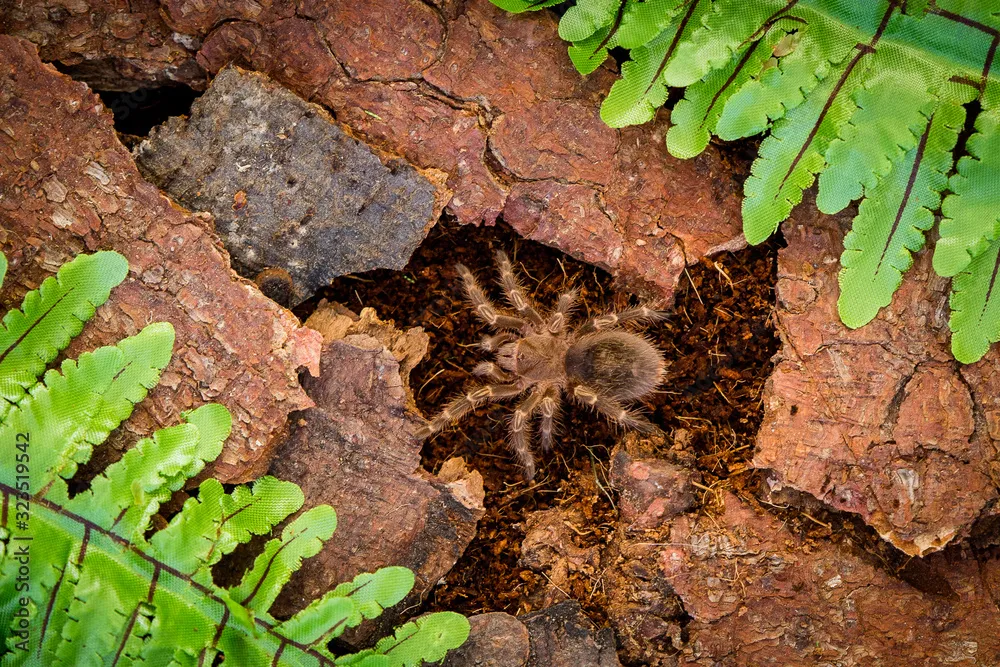
The ambush strategy of the hairy tarantula is a masterful display of patience and precision. They can remain still for long periods, waiting for the perfect moment to strike. When prey comes within range, they launch a rapid attack, injecting venom to paralyze their victim. This method conserves energy and increases their chances of success, especially when dealing with fast-moving insects. The strategic positioning of their burrows allows them to be ready to feed whenever there’s potential.
Detecting Prey
Hairy tarantulas have several ways of detecting prey. They have sensitive hairs on their legs that can detect vibrations in the ground, which helps them identify the presence of potential meals. They also have excellent eyesight for their size, enabling them to spot movement from a distance. Their chelicerae, which are the mouthparts, also play a role in sensing prey, as they can detect the vibrations and movements of potential meals. These sensory capabilities make them formidable hunters.
Fact 4 Burrowing and Habitat
Hairy tarantulas are well-adapted to their natural environments, with their choice of habitat playing a crucial role in their survival. They create or occupy burrows, which provide shelter from the elements and protection from predators. These burrows can be quite elaborate, sometimes extending several feet underground. The surrounding environment, including the type of soil and vegetation, will influence the design and placement of their homes, showing just how adaptable these spiders can be.
Creating Underground Homes
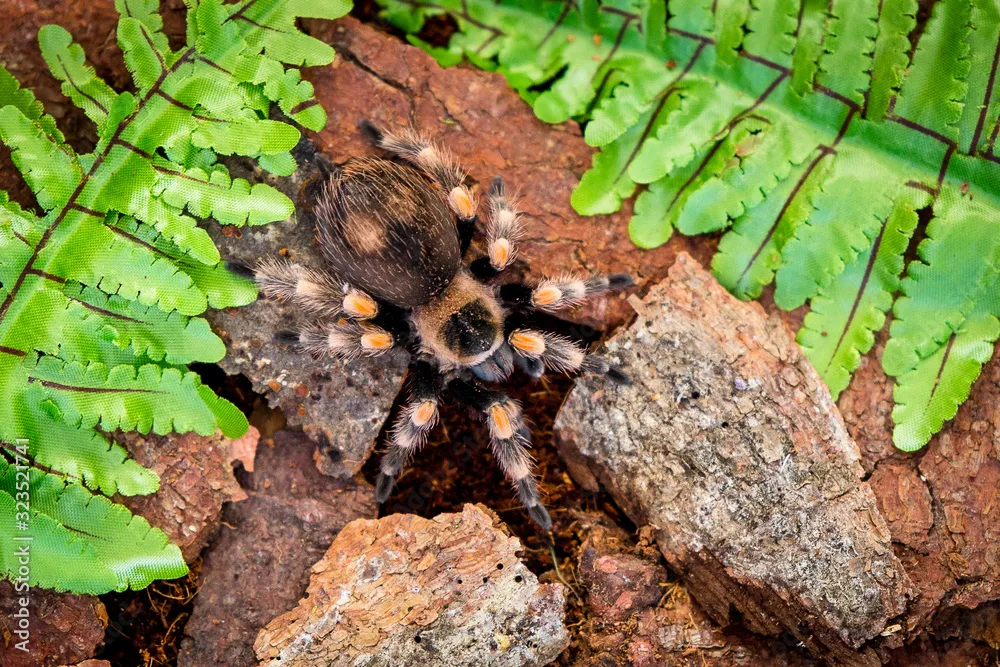
Burrows serve as safe havens for hairy tarantulas, providing a stable temperature and humidity. They dig these homes using their chelicerae and pedipalps, shaping them according to their needs and the conditions of their surroundings. Some species line their burrows with silk to reinforce the walls and create a comfortable environment. The burrows may have multiple chambers and tunnels, and are often connected to the surface, allowing the tarantula to come and go easily for hunting or to escape threats. They are a testament to their ability to adapt to the terrain.
Adapting to Different Terrains
The ability of hairy tarantulas to adapt to diverse terrains underscores their resilience. They can be found in a variety of habitats, from deserts to rainforests, and their burrow designs reflect their surroundings. In sandy areas, they may dig deeper burrows to maintain a constant temperature. In forested areas, they might use existing structures or build more elaborate tunnels. These adaptations are crucial for their survival and highlight the diverse habitats they can thrive in, showing that these spiders are incredibly adaptive creatures.
Fact 5 Defensive Behaviors
Hairy tarantulas have developed effective defensive mechanisms to protect themselves from threats. They are not aggressive spiders, but they will defend themselves if they feel threatened. Their primary defense mechanisms include flicking urticating hairs, biting, and assuming a defensive posture. These behaviors are not only defensive, but they also showcase their understanding of their surroundings, and the threats that could be posed. These actions are crucial for their survival in environments that pose threats to them.
Flicking Hairs and Biting
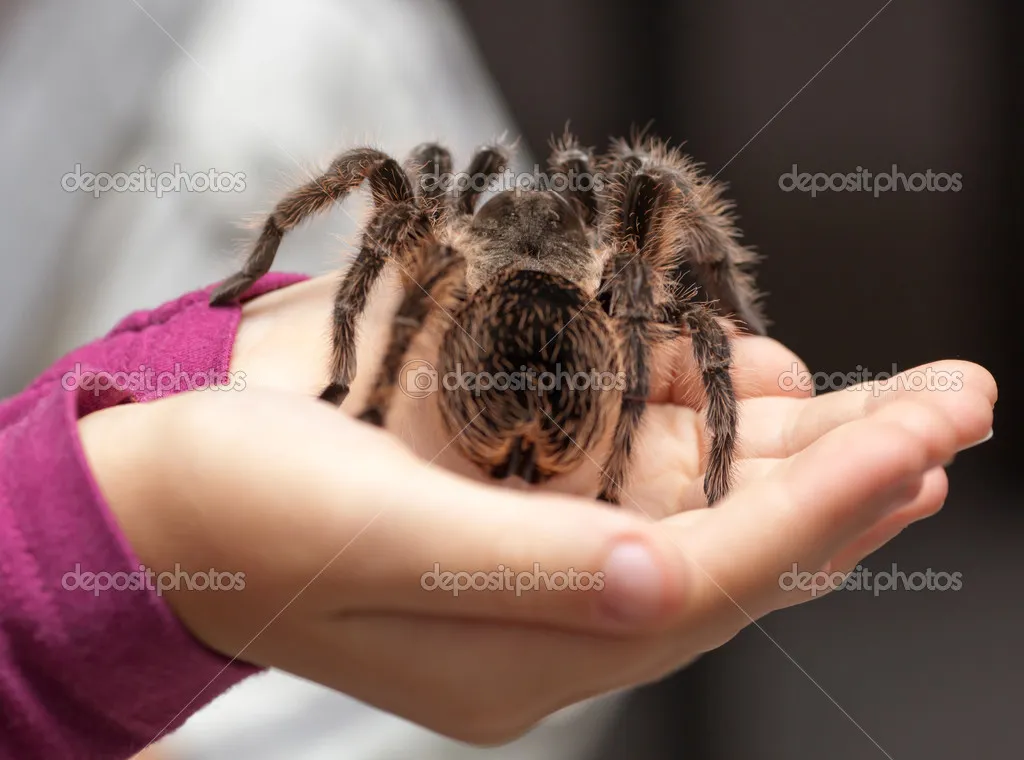
One of the most interesting defensive behaviors is the flicking of urticating hairs from their abdomen. These hairs are barbed and cause intense irritation upon contact, deterring potential predators. They can also bite as a last resort, injecting venom through their fangs. While their venom is not usually lethal to humans, it can cause pain and discomfort. They do not prefer to bite, they mostly resort to it as the last form of defense. However, these hairs and bites are very effective defenses.
Understanding Tarantula Temperament
Understanding the temperament of a hairy tarantula is crucial for anyone interested in these creatures. They are generally not aggressive, preferring to escape or hide rather than engage in conflict. However, their behavior can vary depending on their species and environment. It’s essential to observe their behavior, providing the correct environment, and handling them with care, if at all. These practices ensure their well-being and reduce the risk of defensive behaviors. The right approach goes a long way to ensure the tarantula is calm and well cared for.
Conclusion
Hairy tarantulas are amazing creatures, exhibiting a range of fascinating behaviors and adaptations. From their precise movement and hunting tactics to their unique defensive mechanisms, these spiders have captivated the attention of enthusiasts and scientists. Understanding these facts not only enhances our appreciation for these creatures, but also underscores the importance of protecting their habitats. As we continue to learn more about them, we deepen our respect for the wonders of the natural world.
